Ram Bagh Palace, popularly known as the Summer Palace of Maharaja Ranjit Singh, is over 190-year-old heritage building that stood through the storm of time. Completed in 1831, although the construction began in 1819, the Summer Palace and its surrounding structure forms the entire Ram Bagh complex. After 14 years of delay and disrupted restoration work, the palace has now been turned into a museum and historical gallery and reopened for the public.
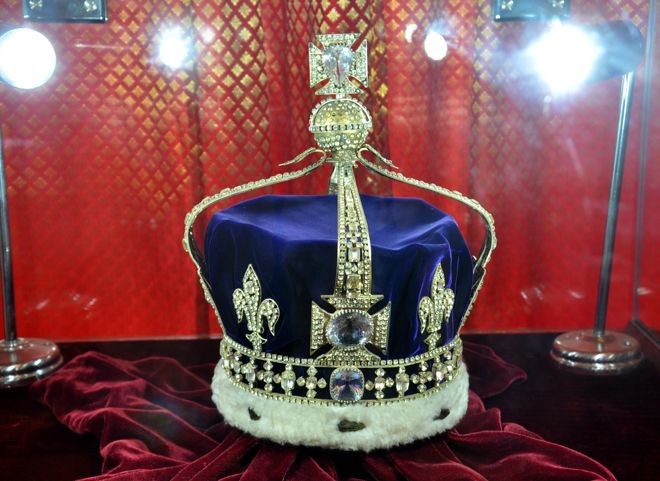
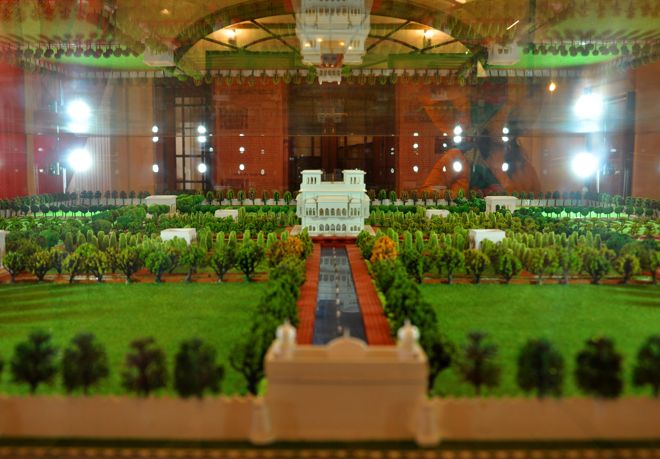
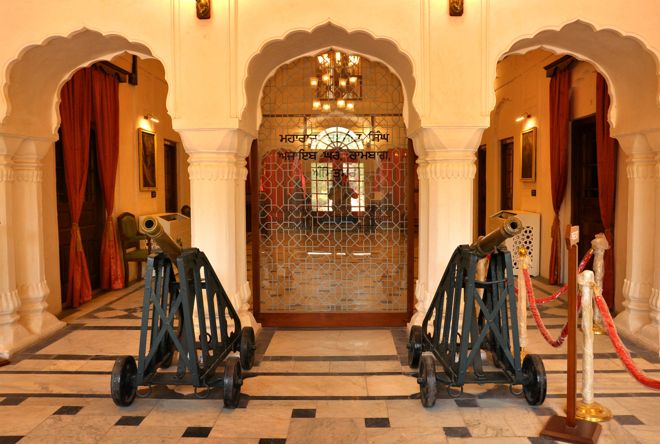
Undergoing a visual and minor structural transformation, the Summer Palace museum houses multiple art and manuscript galleries, weapons gallery, with statues of Maharaja Ranjit Singh, Maharani Jind Kaur, Maharaja Khadak Singh, Hari Singh Nalwa and Sham Singh Attari. A walk inside the two-storeyed building, that has a basement as well, is like taking a stroll through history. The Ram Bagh complex, including the Summer Palace, is a protected monument of national importance and has been under ASI’s supervision. The entire complex comprises the main Summer Palace, that was the housing quarters of Maharaja Ranjit Singh and his family; a hammam ghar or bathhouse; Deorhis or gateways; watchtowers; baradari and munshikhana.
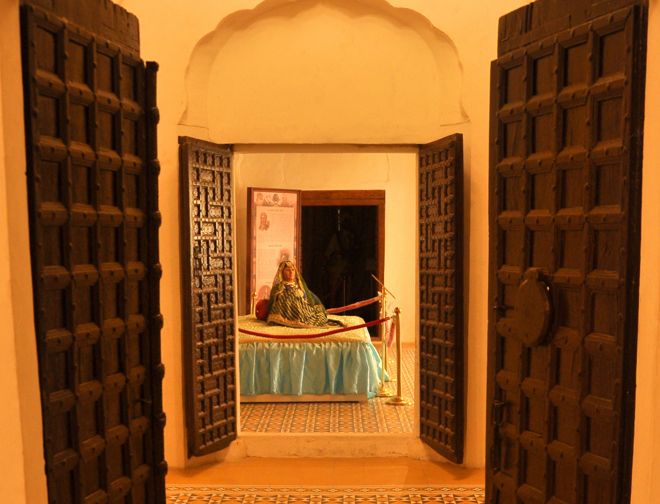
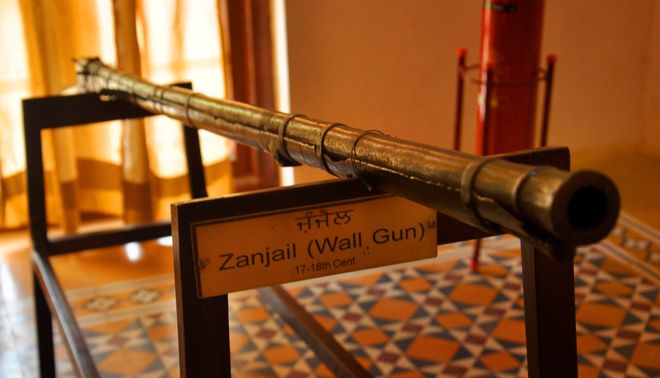
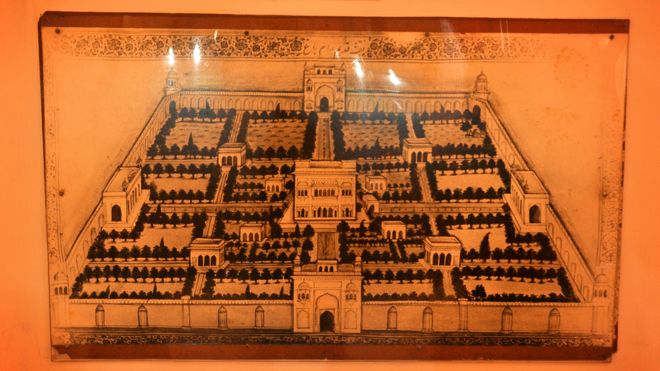
The main museum inside the Summer Palace, among its prominent displays, has handwritten military manual of Maharaja Ranjit Singh, written between 1822 and 1830 in Persian script. It also displays a handmade map of the Ram Bagh complex or Gulgast-i-Punjab by Tota Ram in 1860 and a model based on that map. Among the prominent art works of the era are the miniatures on ivory that stand out for their sheer intricacies and rich textures. Handsome portraits of Maharajas and other significant social and political figures of the time, these miniatures are housed in a temperature-controlled gallery. Drawings and documented lithographs by Emily Eden, an English poet and novelist, also find place in the arts gallery.
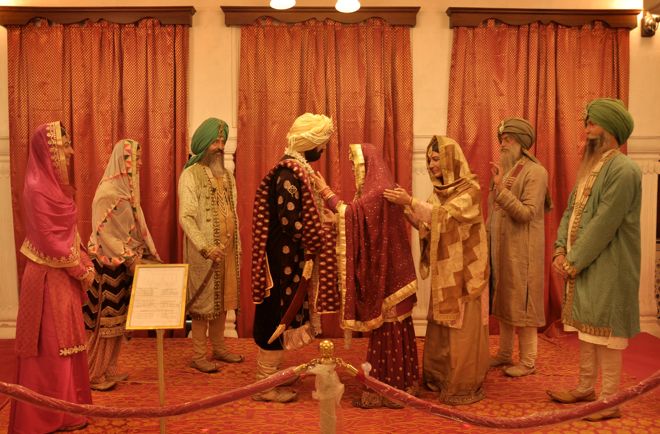
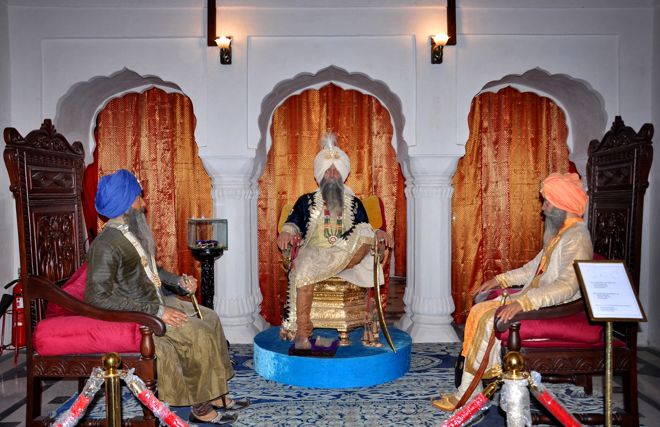
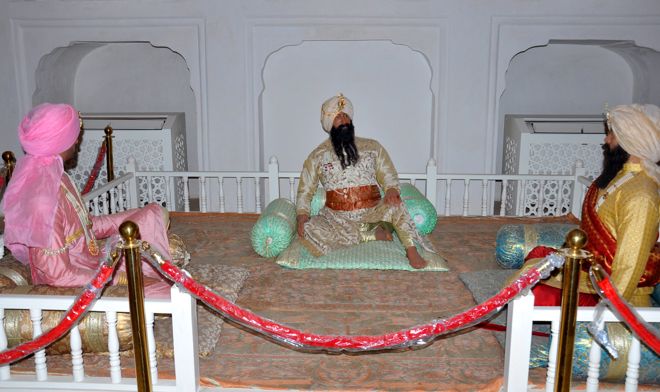
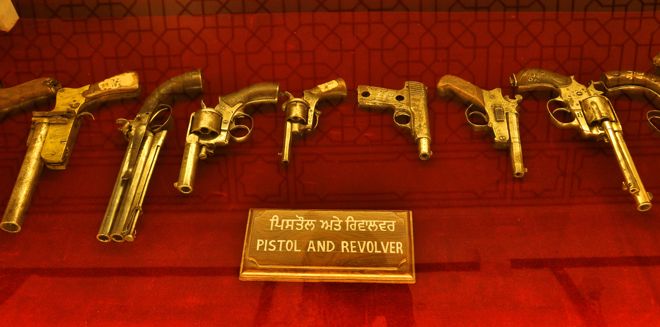
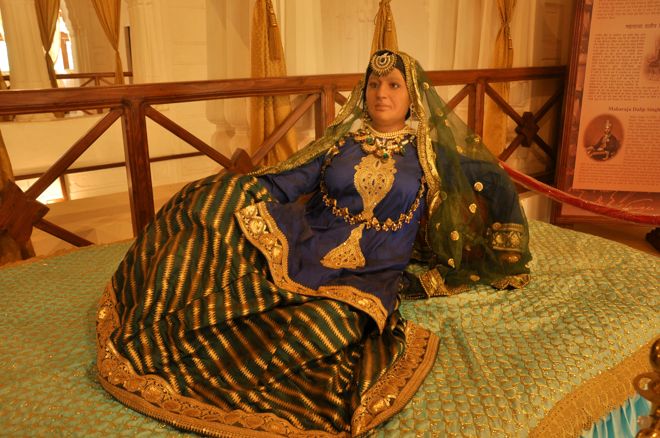
Other features that stand out include the weapon gallery that displays different handmade guns and combat weapons of the time. Zanjail guns, camel guns and wood-made barrels, ivory-handle swords, carved bows and arrows all give us a glimpse into what empowered Maharaja Ranjit Singh’s artillery. The guns and cannons that were built during his time were unprecedented due to their efficiency and sheer craftsmanship.
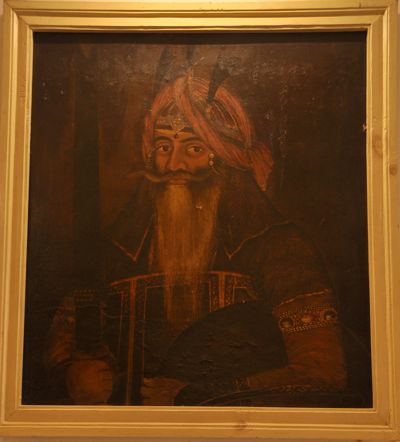
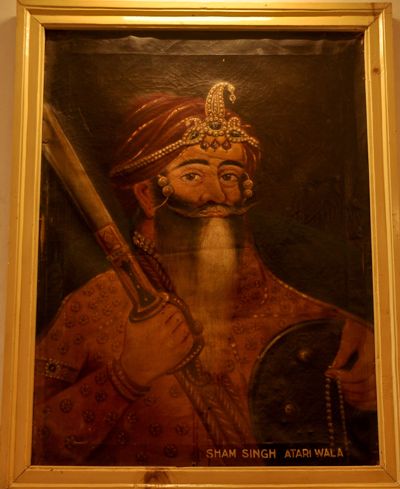
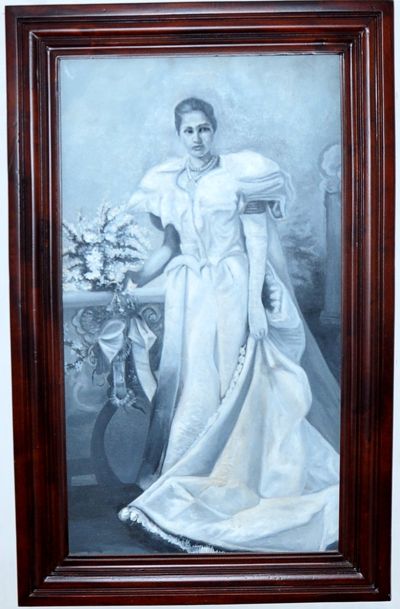
Attention to detail on the costumes and jewellery on the life-size statues of Maharaja Ranjit Singh and Maharani Jind Kaur remind you of the royalty. The intricate glass mosaic work and wooden inlay work on ceilings of the palace are a reminder of the rich legacy that they have left behind. The doorways that open into the past and show us splendid heritage definitely makes for a day’s worth of history lesson.
Sher-e-Punjab Maharaja Ranjit Singh's summer retreat
{$excerpt:n}
